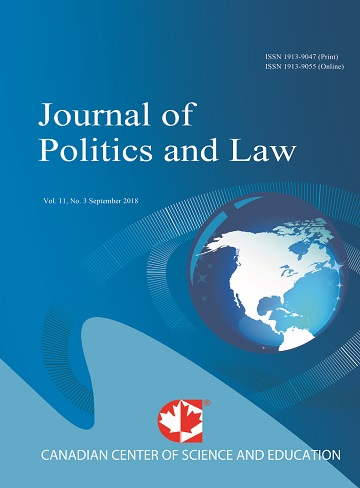Majority Voting – A Critique Preferential Decision-Making – An Alternative
- Peter Emerson
Abstract
The basis of western democracy is the almost universal belief that controversies shall be resolved by the will of a majority. And quite right too. Unfortunately, this leads many to take decisions by a majority vote, with proposed amendments and then the motion itself all approved or rejected in simple yes-or-no ballots. Other more accurate voting systems have long since been devised, and yet binary voting prevails, not only in democracies, but also in theocracies and autocracies; it is ubiquitous, in politics, business and law. Accordingly, this article analyses its weaknesses, discusses its origins, relates a little history, and refers to some of its worst consequences. It then goes on to describe a non-majoritarian methodology, to compare majority voting to other decision-making voting procedures, and finally to talk of a world where the words ‘majority’, ‘minority’ and ‘veto’ may fade from the political lexicon.
- Full Text:
 PDF
PDF
- DOI:10.5539/jpl.v17n1p47
Journal Metrics
h-index (2017): 14
i10-index (2017): 39
h5-index (2017): 9
h5-median (2017): 11
Index
- Academic Journals Database
- ACNP
- ANVUR (Italian National Agency for the Evaluation of Universities and Research Institutes)
- Berkeley Library
- CNKI Scholar
- COPAC
- CrossRef
- DTU Library
- EBSCOhost
- Elektronische Zeitschriftenbibliothek (EZB)
- EuroPub Database
- Excellence in Research for Australia (ERA)
- Genamics JournalSeek
- GETIT@YALE (Yale University Library)
- Ghent University Library
- Google Scholar
- Harvard Library
- HeinOnline
- INDEX ISLAMICUS
- Infotrieve
- Jisc Library Hub Discover
- JournalGuide
- JournalTOCs
- LOCKSS
- MIAR
- Mir@bel
- NewJour
- Norwegian Centre for Research Data (NSD)
- Open J-Gate
- PKP Open Archives Harvester
- Publons
- Pubmed journal list
- RePEc
- ROAD
- Scilit
- SHERPA/RoMEO
- Standard Periodical Directory
- Stanford Libraries
- UCR Library
- Ulrich's
- UniCat
- Universe Digital Library
- UoS Library
- WorldCat
- Zeitschriften Daten Bank (ZDB)
Contact
- William TaiEditorial Assistant
- jpl@ccsenet.org
